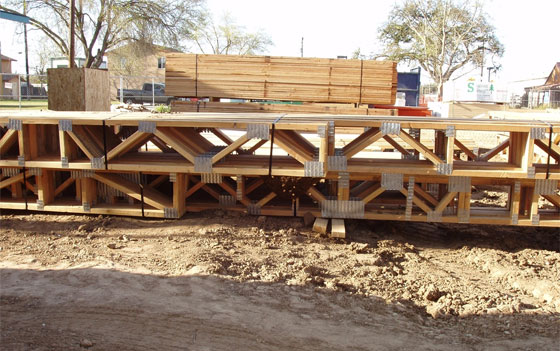Hive - A new test facility to assess ecological impact of construction materials in near future
University of Bath has build up a new test facility alias Hive to analyze low carbon construction materials and systems in realistic open-air conditions. This unique facility is located at the university's Building Research Park, Swindon. Both the Building Research Establishment (BRE) and the Engineering & Physical Sciences Research Council (EPSRC) have provided their support to this test facility.
The ecological impact of construction materials in near future along with their energy efficiency, flood resilience, structural capability and internal air quality will be assessed under this facility.
The facility contains eight individual cells which are set up to be protected from heat, cold, or noised from each other through a single face uncovered to the external environment. The faces are applied to set up walls created with a series of materials and construction systems. Performance of these walls is appraised in real life conditions to generate a perfect picture of environmental performance as compared to the U-value evaluations presently utilized in building.
The Hive will facilitate the industry to build up future energy-efficient construction materials and systems more rapidly and at the same time develop efficient research work for ground-breaking Construction Materials as well as more sustainable and durable construction all through the UK and other countries in the world.
The Hive's test cells
Hygrothermal cells: The word 'hygrothermal' means the communicating of heat and moisture through buildings. The Hive facilitates to check façades to verify the effectiveness of materials to the construction under real weather situations. Besides, checking energy efficiencies of materials, air tightness and acoustic competence can also be examined.
Double-storey cell: Verity the multi-level features of façade efficiency having capability to produce diversified internal scenarios like internal walls and floors. The double-storey cell also comes with a physically powerful roof being able to test load for big panels and floors.
Bladder cell: For small panels, uniformly distributed load (UDL) testing is accomplished, verifying the consequences of wind loading and retainment scenarios.
Flood cell: The Hive comprises of a flood tank to be applied to flood test façades and construction materials through water equal to a metre in height. This will aid in evaluating the performance of the construction prior to, during and after flooding, revealing crucial information on construction materials in the flood plain.

|